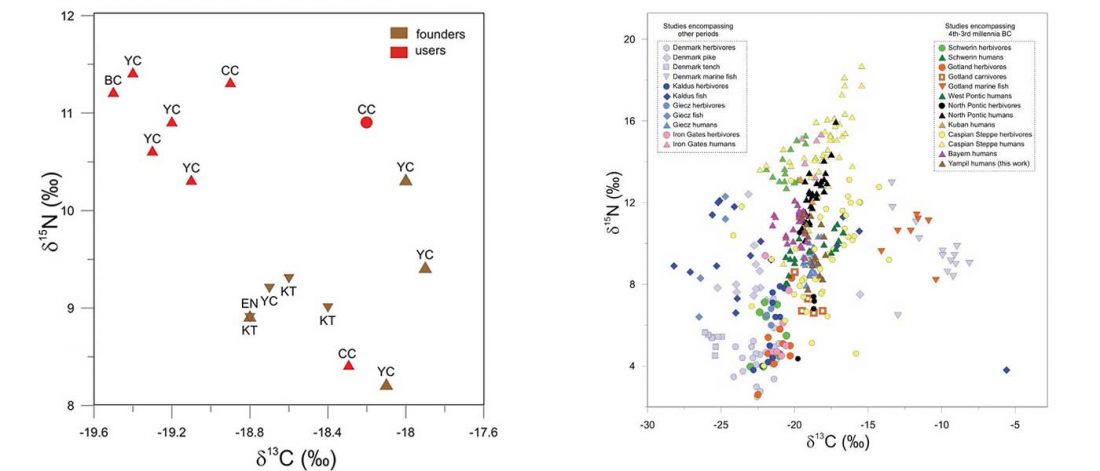In my recent post about the origin and expansion of haplogroup R1b-L51, Chetan made an interesting comment on the origin and expansion of R1a-Z645. Since this haplogroup is also relevant for European history and dialectal North-West Indo-European and Indo-Iranian expansion, I feel compelled to do a similar post, although the picture right now is more blurry than that of R1b-L51.
I find it interesting that many geneticists would question the simplistic approach to the Out of Africa model as it is often enunciated, but they would at the same time consider the current simplistic model of Yamna expansion… Read the rest “On the origin and spread of haplogroup R1a-Z645 from eastern Europe”


